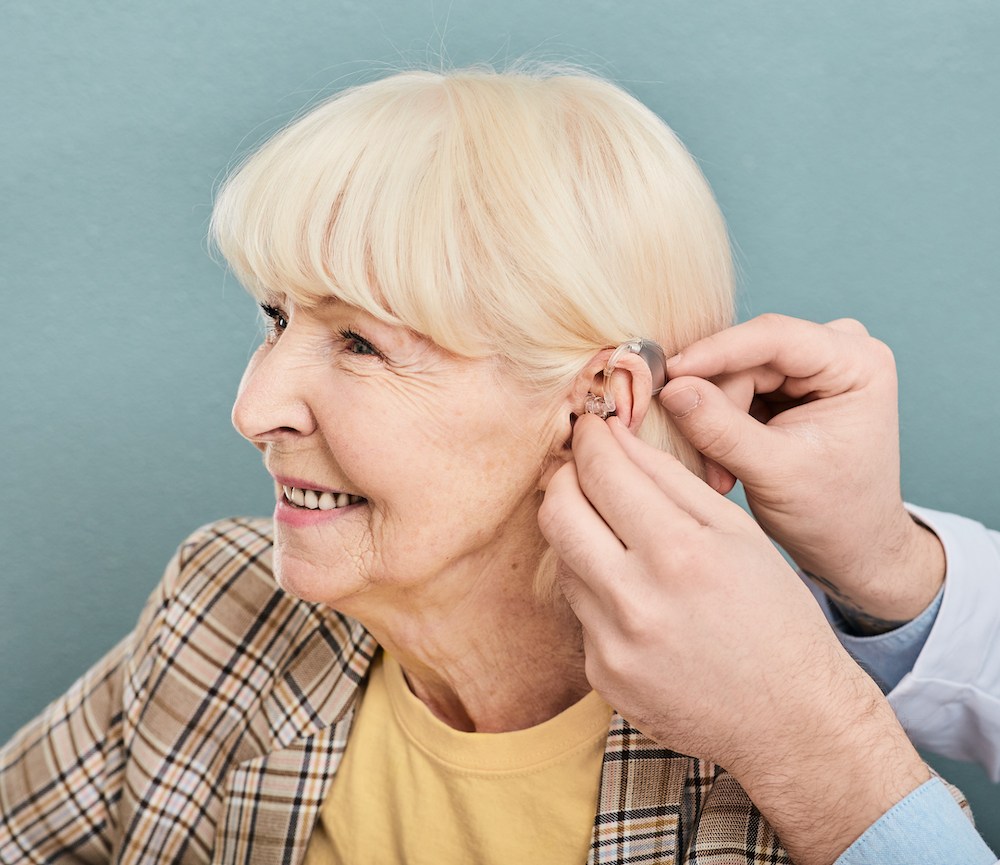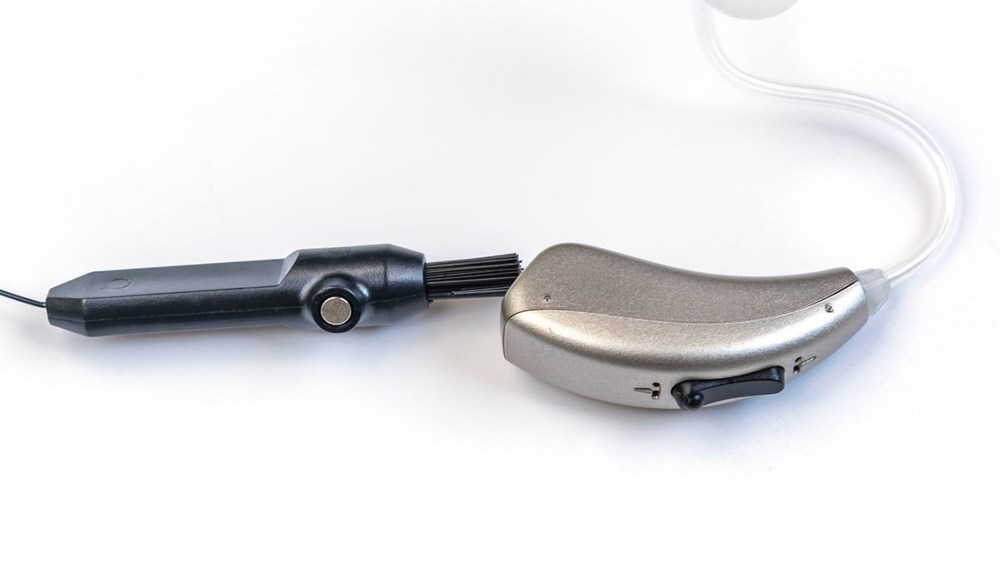Hearing Aid Innovations: What’s New in 2025?
Hearing aid technology has come a long way in recent years, and 2025

By: admin | August 28, 2024
When you notice that sounds around you are beginning to feel a bit muffled, or you’re finding it difficult to follow conversations, it’s time to think about a hearing test. This simple evaluation, used by audiologists, is crucial in detecting hearing loss early. Understanding the importance of these tests can help you catch potential problems before they get worse, allowing for quick intervention and better management of your hearing health. These tests not only detect problems but also guide treatment plans, ensuring you get the right kind of support for your specific needs. Essentially, a hearing test could be the first step in maintaining and improving your quality of life when it comes to sound perception and communication.
Hearing tests are not as complicated as they might seem. In fact, these evaluations are straightforward procedures carried out by hearing health professionals to assess your hearing ability. It’s important to understand that these tests are not just for those who have noticeable hearing loss. Regular check-ups can help detect subtle changes in your hearing that you might not have noticed yet. Therefore, it’s a smart move to include a routine hearing test in your healthcare plan, just like regular eye exams or dental check-ups. This proactive approach can ensure timely treatment if any issues arise and keep you on the path of optimal auditory health!
It’s important to recognize common symptoms of early-onset hearing loss. These signs often go unnoticed as they can be subtle and gradual. However, being aware of these indicators can prompt you to seek help sooner, leading to more effective management strategies.
One common sign is difficulty following conversations in noisy environments. You might find yourself straining to hear what others are saying when there’s background noise, like in a crowded restaurant or at a party. Another telltale symptom is frequently asking people to repeat themselves or misunderstanding what they’re saying. This could indicate that you’re not picking up certain sounds or frequencies as well as you used to.
Other symptoms include turning up the volume on your TV or radio higher than usual, experiencing tinnitus (a ringing or buzzing sound in your ears) and feeling tired after attending social events due to the effort put into listening. It’s important not to ignore these signs; if you notice any of them, consider scheduling a hearing test with an audiologist.
Recognizing the early signs of hearing loss is essential for timely intervention and effective management.
Just like getting ready for a long-awaited road trip, preparing for your hearing test can make the journey smoother and more comfortable. It’s helpful to jot down any questions or concerns you might have about the test. This could be anything from what to expect during the procedure to how long it will take. Having these queries in mind will allow you to have a productive conversation with your audiologist and ensure that all your concerns are addressed.
Consider bringing along a family member or close friend. Having someone accompany you to your hearing test can provide emotional support and an extra pair of ears to remember important information.
This is just the first step towards better hearing health. It’s okay if everything doesn’t become clear right away. The goal here is progress – each step brings you closer to improved auditory health and quality of life.
Let’s clarify what exactly happens during a hearing test. Despite seeming complex, the procedure is quite straightforward and designed with your comfort in mind.
In a typical hearing test, you’ll be asked to wear headphones connected to an audiometer. The audiologist will play a series of tones at different frequencies and volumes. Your job is to indicate when you can hear these sounds. This part of the test helps in assessing your ability to hear at different levels and pitches.
You might also undergo a speech recognition test. In this part, you’ll listen to a series of words or sentences at various volumes and try to repeat them back. This evaluation gives insight into how well you can understand speech in different conditions. It’s important to note that all these procedures are painless and are conducted in a calm environment for your ease.
As we’ve seen, regular hearing tests are vital for maintaining good auditory health. However, understanding the testing process can help alleviate any anxieties you may have about undergoing one.
Now that we’ve covered the hearing test process, let’s dive into the various types of hearing tests available to evaluate your auditory health. Each test serves a specific purpose, providing a comprehensive understanding of your hearing abilities.
Understanding your hearing test results is an important step in managing your hearing health. The audiogram, a visual representation of your hearing ability across different frequencies and volumes, might look complex at first, but with your audiologist’s guidance, you’ll learn to interpret it. The horizontal axis of the audiogram represents frequencies, while the vertical axis shows volume. Typically, normal hearing falls within the 20-decibel range across all frequencies.
Each ear is represented by a separate line on the audiogram, allowing your specialist to compare your hearing levels in both ears and identify any differences. If you have high-frequency hearing loss, you may find it difficult to detect higher-pitched sounds like the consonants ‘s,’ ‘f’ and ‘th.’ After reviewing your results, discuss them with your specialist to better understand what they mean and explore the next steps in your hearing care.
Let’s consider the options available to you after an early-onset hearing loss diagnosis. This can be a challenging time, but being proactive and informed about your treatment options can lead to more effective management of your hearing health.
The good news is that there are several paths you can take after a diagnosis. Depending on the severity and type of your hearing loss, treatments can range from simple lifestyle changes to using hearing aids or other assistive devices. According to the World Health Organization, around 466 million people worldwide have disabling hearing loss, but with timely and appropriate interventions, they can continue to lead fulfilling lives.
Detecting hearing loss early is a vital part of managing your overall hearing health. If you can identify hearing loss at an early stage, it can prevent further damage and help you get back on track sooner. The quicker you notice any changes in your hearing, the faster you can start using strategies or treatments to manage it.
Ignoring hearing loss can have far-reaching consequences on your overall health and well-being. When hearing deteriorates, the impacts extend well beyond just difficulty in communication.
Cognitive decline is a significant concern. As hearing deteriorates, the brain’s ability to process and interpret sounds can become compromised. This strain on the brain can lead to a reduction in mental stimulation and cognitive engagement, both essential for maintaining brain health. Over time, the regions of the brain responsible for processing auditory information may become less active, potentially accelerating cognitive decline and increasing the risk of conditions like dementia.
Social isolation is another serious consequence of untreated hearing loss. Struggling to hear can make conversations challenging, often leading individuals to withdraw from social interactions to avoid frustration and embarrassment. This isolation can have a profound impact on mental health, contributing to feelings of loneliness and increasing the risk of depression and anxiety. Social interactions provide emotional support and cognitive stimulation, both of which are crucial for mental well-being.
Balance issues are also closely linked to hearing loss. The inner ear, which is responsible for hearing, also plays a crucial role in maintaining balance. When hearing deteriorates, it can disrupt this balance mechanism, increasing the likelihood of falls and related injuries. This is particularly concerning for older adults, who may already be at a higher risk for falls.
Additionally, untreated hearing loss can put a strain on relationships. Misunderstandings and communication difficulties can create tension and frustration, impacting personal and professional interactions. This strain can lead to conflicts and reduced satisfaction in relationships, further isolating individuals and impacting their overall quality of life.
Understanding the significance of a hearing test in identifying early-onset hearing loss is the first step towards proactive auditory health management. It’s an essential tool that can help you detect potential issues before they escalate, allowing for timely intervention and better overall hearing health management.
Now that you’re equipped with this knowledge, why not take action? If you’ve noticed any changes in your ability to hear or if it’s been a while since your last check-up, consider scheduling a hearing test today. The team at Audiology and Hearing Aid Center are here to guide you every step of the way.
You can reach our Berlin, Oshkosh, Neenah, Wautoma, Menasha or Appleton, WI offices at: (920) 486-6922. Your journey towards better auditory health starts with a simple phone call. Don’t wait for your symptoms to worsen; take control of your hearing health today!
Tags: audiogram, speech tests, tympanometry

Hearing aid technology has come a long way in recent years, and 2025
By: admin | October 20, 2025

Helping children with hearing loss isn’t just about making smaller
By: admin | July 29, 2025

Your hearing aids already do so much more than just help you hear better
By: admin | June 20, 2025
